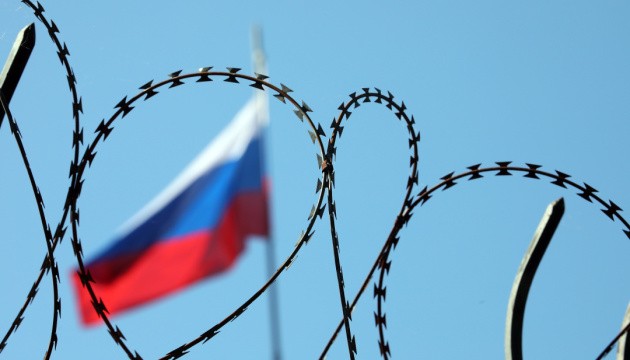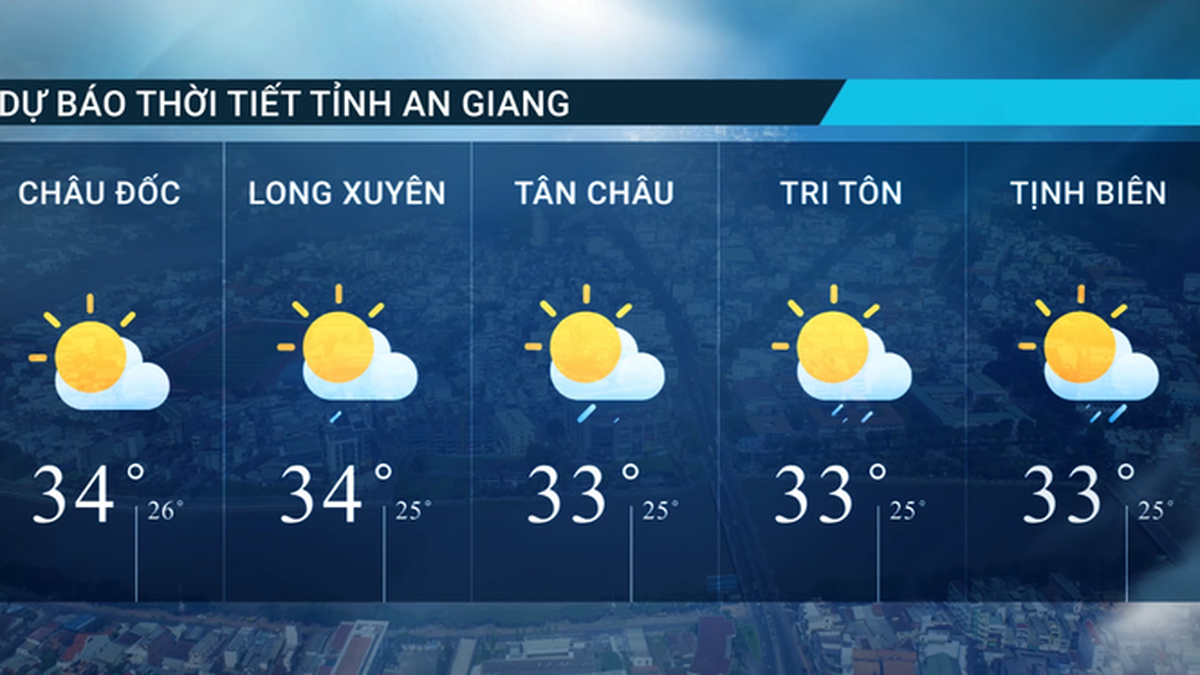 |
| Nearly $300 billion of Russia's gold and foreign exchange reserves have been frozen since the country began its military campaign in Ukraine. (Source: Ukrinform) |
“I know that Russia’s gold and foreign exchange reserves are frozen,” President Putin said. “Moscow has earned twice that amount.”
The European Union (EU), the United States and their allies have frozen hundreds of billions of dollars worth of assets of the Russian Central Bank - part of sanctions related to the Ukraine conflict.
Many economists have warned that Moscow's asset seizures would jeopardize investor confidence in the EU banking system and damage the European Union's position as a global financial hub.
Nearly $300 billion of Russia's gold and foreign exchange reserves have been frozen since the country began its military campaign in Ukraine. According to official estimates, the Russian Central Bank's reserves will fall by 8.4% by 2022.
In March this year, the bank continued to publish data on the structure of state reserves. As of August, the country's gold and foreign exchange funds reached more than 580 billion USD.
* According to the Russian Economy Ministry's macroeconomic forecast, rising inflation and a weak ruble could prompt the Russian Central Bank to raise interest rates and tighten monetary policy to prevent capital outflows.
Specifically, the Ministry has raised its 2023 inflation forecast to 7.5% from 5.3% announced in April 2023, and also raised its 2024 inflation forecast to 4.5% from 4.0%, according to the draft submitted by the Ministry to the government .
"The ruble will fall," the Russian Economy Ministry said.
After the currency fell below 100 rubles to the dollar in August 2023, the Russian central bank raised interest rates by a total of 350 basis points to 12% at its meeting on August 15. The ruble was trading around 95 rubles to the dollar on September 12.
Source


































































































Comment (0)